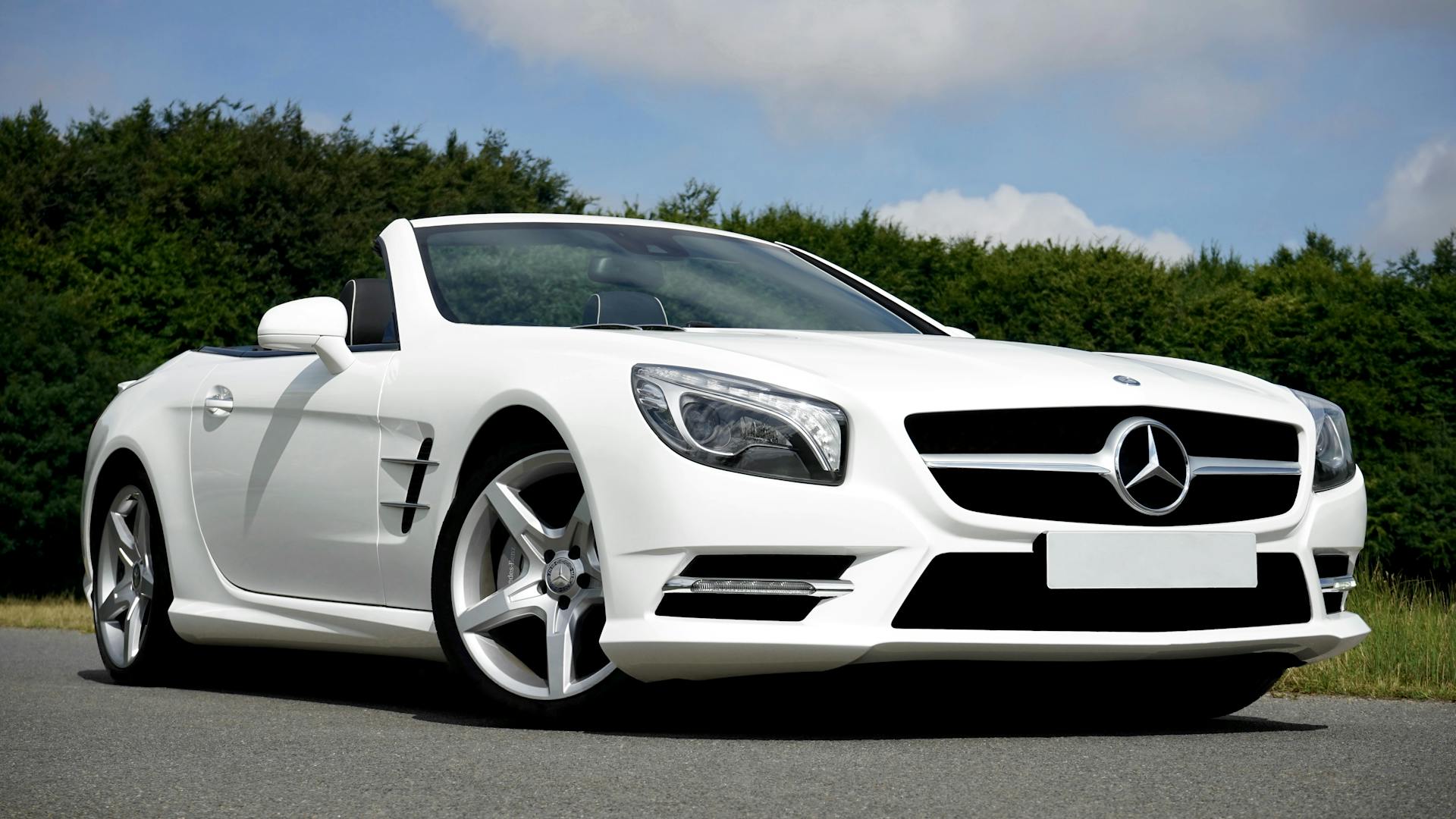
Ray Dalio, the founder of Bridgewater Associates, has been warning about the US civil war for years. He believes the country is at risk of a civil war due to the widening gap between the rich and the poor.
The US has become increasingly polarized, with people on opposite sides of the political spectrum unable to agree on many issues. This polarization has led to a breakdown in civil discourse and an increase in violent protests.
Dalio points to the 2016 presidential election as a turning point, when the country became even more divided. The election exposed deep-seated tensions between different groups, including those who felt left behind by globalization and technological change.
The US is not alone in its struggles; other countries have also experienced civil wars. However, the US has a unique set of circumstances that make a civil war more likely.
What to Know
Ray Dalio, founder of Bridgewater Associates, has a deep understanding of historical cycles and their impact on current events. He's known for analyzing and forecasting events using a combination of financial acumen and historical patterns.
Dalio's 2021 book, "Principles for Dealing with the Changing World Order", explores the rise and fall of empires, offering valuable insights into the world we live in today. This book is a must-read for anyone interested in understanding global trends and cycles.
The US is currently in Stage 5, characterized by intense conflict and worsening financial conditions. This stage is marked by rising political polarization, significant economic inequality, and a loss of trust in institutions.
Dalio warns of a potential shift to Stage 6, which could involve severe societal breakdown and civil conflict. This is a stark reminder of the importance of understanding historical cycles and being prepared for potential changes in the world order.
Explore further: Ray Dalio Cycles
US Political Conflict
The US is currently facing a period of significant conflict, marked by political polarization, economic inequality, and a loss of trust in institutions. This is according to Ray Dalio's framework, which identifies the US as being in Stage 5 of a cycle of internal order and disorder.
Dalio's framework outlines six stages of societal development, and the US is currently experiencing the fifth stage, characterized by worsening economic conditions and deepening social divides. This stage is marked by rising populism, economic shocks, and declining trust in institutions.
If these issues continue to escalate, the US risks moving into Stage 6, where conditions could devolve into civil war, marked by open conflict and severe societal breakdown. Historically, similar patterns of internal disorder and conflict have led to significant societal upheaval, as seen in the French Revolution, the Russian Revolution, and the Weimar Republic.
Here are the six stages of Dalio's framework, highlighting the key characteristics of each stage:
- Stage 1 & 2: Formation and Stabilization
- Stage 3: Prosperity
- Stage 4: Excess
- Stage 5: Crisis and Conflict
- Stage 6: Civil War
Each stage builds upon the previous one, with Stage 5 being the most critical, as it marks the beginning of the end of a society's stability and the potential for collapse.
Dalio on Money
Money and power have been interdependent throughout history, influencing each other in a symbiotic relationship. This dynamic can be observed among royal families, the nobility, and the church, which have historically supported each other while also vying for money and power within their ranks.
The Industrial Revolution marked a turning point, introducing machines and new forms of production that shifted the struggle for power. As people moved from agricultural work to industrial jobs, the focus shifted from royal families and nobles to those who possessed productive assets that generated wealth.
Those with wealth have consistently sought control over political entities, particularly around assets considered most valuable or productive. This pursuit of power is a fundamental aspect of the relationship between money and politics.
Nation-states emerged as a significant locus of power in the world, with various levels of power interacting and coordinating to determine how a country is governed. The distribution and coordination of power among these levels play a crucial role in shaping a nation's political landscape and overall governance.
See what others are reading: Global Assets under Management
Historical Parallels and Predictions
Historical parallels to the current US situation can be seen in the French Revolution, the Russian Revolution, and the Weimar Republic, all of which experienced significant internal disorder and conflict.
These historical examples offer a glimpse into the potential consequences of continued polarization and division within society. According to Dalio, there is an "uncomfortably more than 50 percent" chance that the US could face a civil war if current trends continue.
From
The US political conflict has a long and complex history, but it's essential to understand the roots of this issue. The country's founding documents, such as the Constitution and the Declaration of Independence, laid the groundwork for the system of government that has been in place for over two centuries.
One of the main drivers of the US political conflict is the divide between the federal government and individual states. The Tenth Amendment, which is part of the Bill of Rights, explicitly states that any powers not delegated to the federal government are reserved to the states or the people. This has led to ongoing debates about states' rights and federal authority.
The US has a long history of regional tensions, with the North and South having fundamentally different economies and cultures. The Civil War, fought from 1861 to 1865, was a brutal conflict that resulted in the deaths of an estimated 620,000 to 750,000 soldiers and civilians. It was a defining moment in American history, and its legacy continues to shape the country's politics today.
America on Classic Path

We're currently in a critical stage of internal conflict, known as Stage 5, where economic troubles and deepening social divides are taking center stage.
According to Ray Dalio's framework, this stage is characterized by worsening financial conditions, large wealth gaps, economic shocks, rising populism, and declining trust in institutions.
The potential for Stage 6—civil war—looms if these issues escalate further, involving open warfare, extreme violence, and societal collapse.
Historical parallels suggest that we're on a classic path to internal conflict, with examples like the French Revolution, the Russian Revolution, and the Weimar Republic showing similar patterns of internal disorder and conflict.
If current trends continue, there's an "uncomfortably more than 50 percent" chance that the U.S. could face a civil war, as predicted by Ray Dalio.
The stages of internal conflict, as outlined by Dalio, are:
- Stage 1 & 2: Formation and Stabilization
- Stage 3: Prosperity
- Stage 4: Excess
- Stage 5: Crisis and Conflict
- Stage 6: Civil War
We're currently in Stage 5, where intense conflict and societal polarization are prominent.
Sources
- https://heisenbergreport.com/2022/02/03/ray-dalio-america-on-classic-path-to-civil-war/
- https://politicalinequality.org/2023/05/06/ray-dalio-on-power-money-and-societal-collapse/
- https://www.campaignnow.com/blog/ray-dalios-warnings-on-american-political-conflict
- https://westfaironline.com/economy/ray-dalio-u-s-on-brink-of-terrible-civil-war/
- https://amgreatness.com/2024/05/18/unpacking-ray-dalios-alarmist-prediction-of-civil-war/
Featured Images: pexels.com


